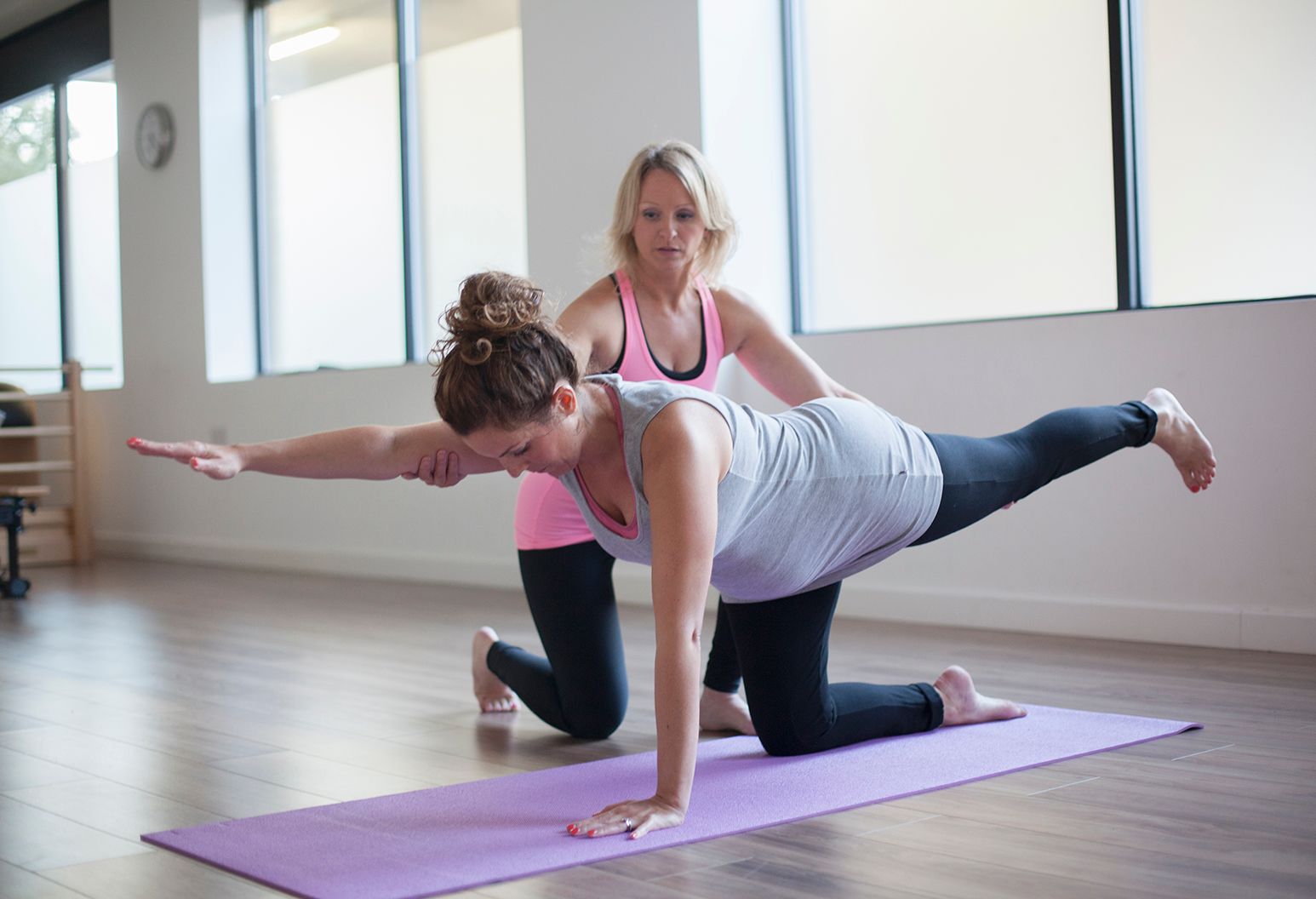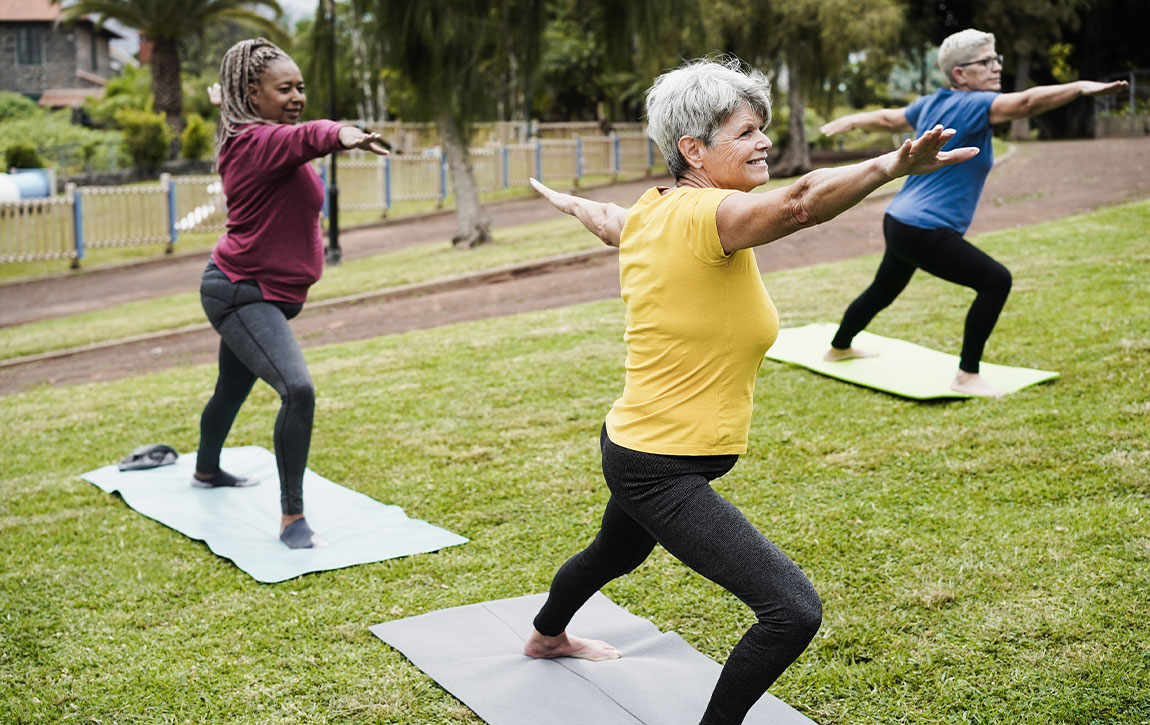Yoga is more than just stretching and poses—it’s a transformative practice with profound benefits for women. From boosting mental health to enhancing physical strength, yoga offers something for everyone. Whether you’re seeking stress relief, flexibility, or improved heart health, yoga can fit seamlessly into your life. In this article, we’ll explore how yoga supports women at every stage, helping you feel stronger, healthier, and more balanced. Read on to discover the key benefits of adding yoga to your routine.
The Benefits of Yoga for Women
Yoga is an ancient practice with wide-ranging benefits, especially for women. It promotes physical, mental, and emotional well-being, making it a holistic tool for self-care. Women often juggle multiple responsibilities, and yoga helps manage the stress that comes with it. It enhances flexibility, boosts strength, and improves posture—all while offering a mental break from the pressures of daily life. Whether you’re looking for stress relief, physical conditioning, or inner peace, yoga provides a balanced approach to health that can be adapted to individual needs.
2. Yoga and Mental Health
One of the most powerful benefits of yoga is its ability to positively affect mental health. Yoga calms the mind, promoting a sense of relaxation and inner peace. Studies show that regular yoga practice can reduce symptoms of anxiety and depression, helping women manage emotional struggles more effectively. Through deep breathing exercises and meditation, yoga helps clear the mind of negative thoughts, lowers cortisol (stress hormone) levels, and enhances overall mental clarity. For women facing the challenges of modern life, yoga offers a natural way to maintain emotional balance.
3. Building Physical Strength and Flexibility
Yoga isn’t just about relaxation—it’s also a fantastic way to build physical strength and flexibility. Regular practice targets both large and small muscle groups, helping to tone and lengthen muscles while improving balance and coordination. Poses like downward dog and warrior strengthen the core, legs, and arms, while stretches increase flexibility in areas such as the hips, back, and shoulders. This combination of strength and flexibility enhances mobility, making it easier to perform daily activities and reducing the risk of injury.
4. Boosting Energy, Respiration, and Vitality
Breathing is a fundamental part of yoga, and learning to breathe properly has numerous benefits. Yoga techniques like pranayama (breath control) help increase lung capacity, improve oxygen flow, and boost overall energy levels. By practicing mindful breathing, women can increase their vitality and focus throughout the day. Deep breathing exercises not only energize the body but also reduce fatigue and help combat the energy dips that can occur during stressful periods. As a result, women can feel more refreshed, alert, and alive.
5. Yoga for Weight Management and Metabolism
Yoga is an excellent way to manage weight and support a balanced metabolism. While it may not seem as intense as cardio workouts, yoga helps burn calories and build lean muscle, both of which aid in weight management. More dynamic forms of yoga, such as Vinyasa and Power Yoga, can offer a full-body workout that boosts metabolism and promotes fat loss. Additionally, yoga’s emphasis on mindfulness helps curb overeating by fostering a better connection with the body’s hunger signals. For women looking to maintain a healthy weight, yoga provides a gentle yet effective approach.
6. Improving Cardiovascular Health
Yoga isn’t only beneficial for the muscles and mind—it also has a positive impact on heart health. Certain types of yoga, such as Ashtanga and Vinyasa, provide cardiovascular benefits by increasing heart rate and improving circulation. This helps lower the risk of heart disease, reduces blood pressure, and improves overall cardiovascular function. Additionally, yoga helps reduce inflammation, another key factor in heart health. By combining movement, deep breathing, and relaxation, yoga offers a heart-healthy workout that strengthens both the body and the circulatory system.
7. Types of Yoga for Different Needs
There is no one-size-fits-all approach to yoga. With many different styles available, women can choose the type that best suits their needs. For a more calming experience, Hatha or Yin Yoga focuses on slower movements and relaxation, making it perfect for stress relief and flexibility. For those seeking more of a workout, Vinyasa or Power Yoga offers faster-paced sequences that build strength and endurance. Women can also find specialized yoga classes, such as prenatal yoga for pregnancy, to ensure they get the most out of their practice at every stage of life.
8. Yoga for Every Stage of a Woman’s Life
Yoga is highly adaptable and can benefit women at all stages of life. For younger women, it helps manage stress and balance a busy lifestyle. During pregnancy, yoga offers gentle exercises that help prepare the body for childbirth and relieve discomfort. Post-pregnancy, yoga aids in regaining strength and stability. For older women, yoga supports bone health, flexibility, and balance, reducing the risk of falls. No matter the age or life stage, yoga provides lasting physical and emotional support.
9. Incorporating Yoga into a Busy Lifestyle
One of the greatest advantages of yoga is its flexibility—both in practice and in fitting into a busy schedule. Yoga doesn’t require a lot of equipment or space, making it easy to practice at home, at the office, or even while traveling. Short sessions of 10–15 minutes can still provide benefits, and many online platforms offer guided classes for all levels. Whether you prefer morning stretches, lunchtime sessions, or evening relaxation, yoga can be tailored to fit seamlessly into your daily routine.
10. How Often Should You Practice Yoga?
Consistency is key when it comes to yoga, but how often should you practice? Experts recommend starting with 3–4 sessions per week to experience the benefits. However, even practicing for just 10 minutes a day can make a difference. The frequency and intensity depend on your personal goals—whether you’re looking to relieve stress, build strength, or improve flexibility. The important thing is to listen to your body and maintain a regular practice that fits your lifestyle.
By making yoga a consistent part of your routine, you can enjoy its wide range of benefits for both body and mind.









